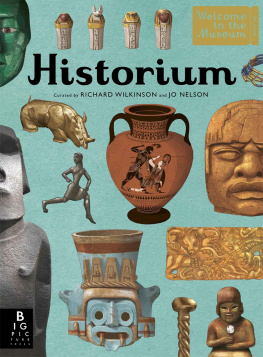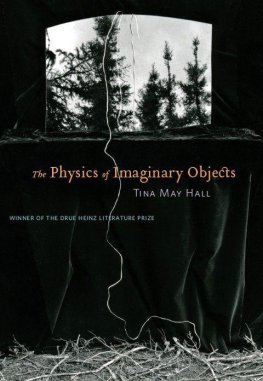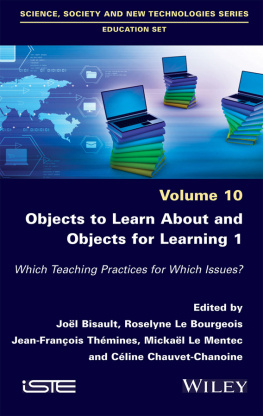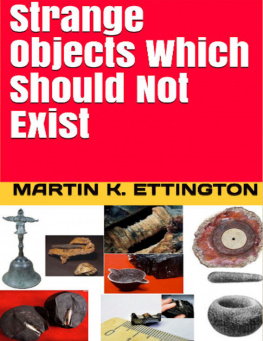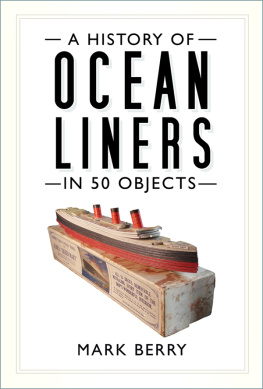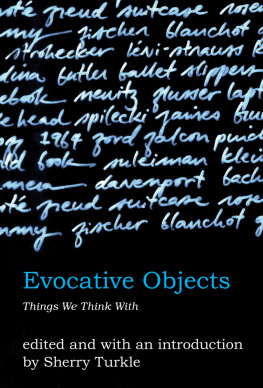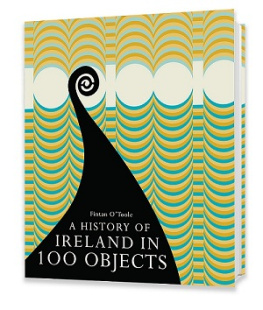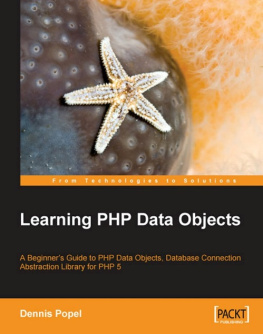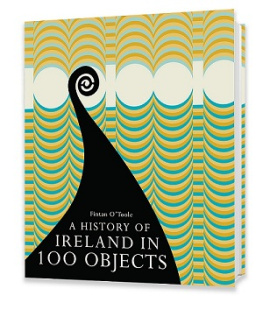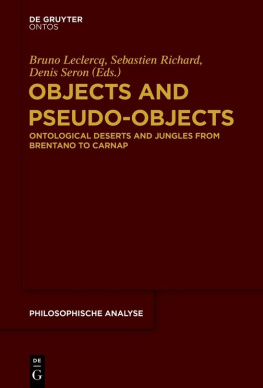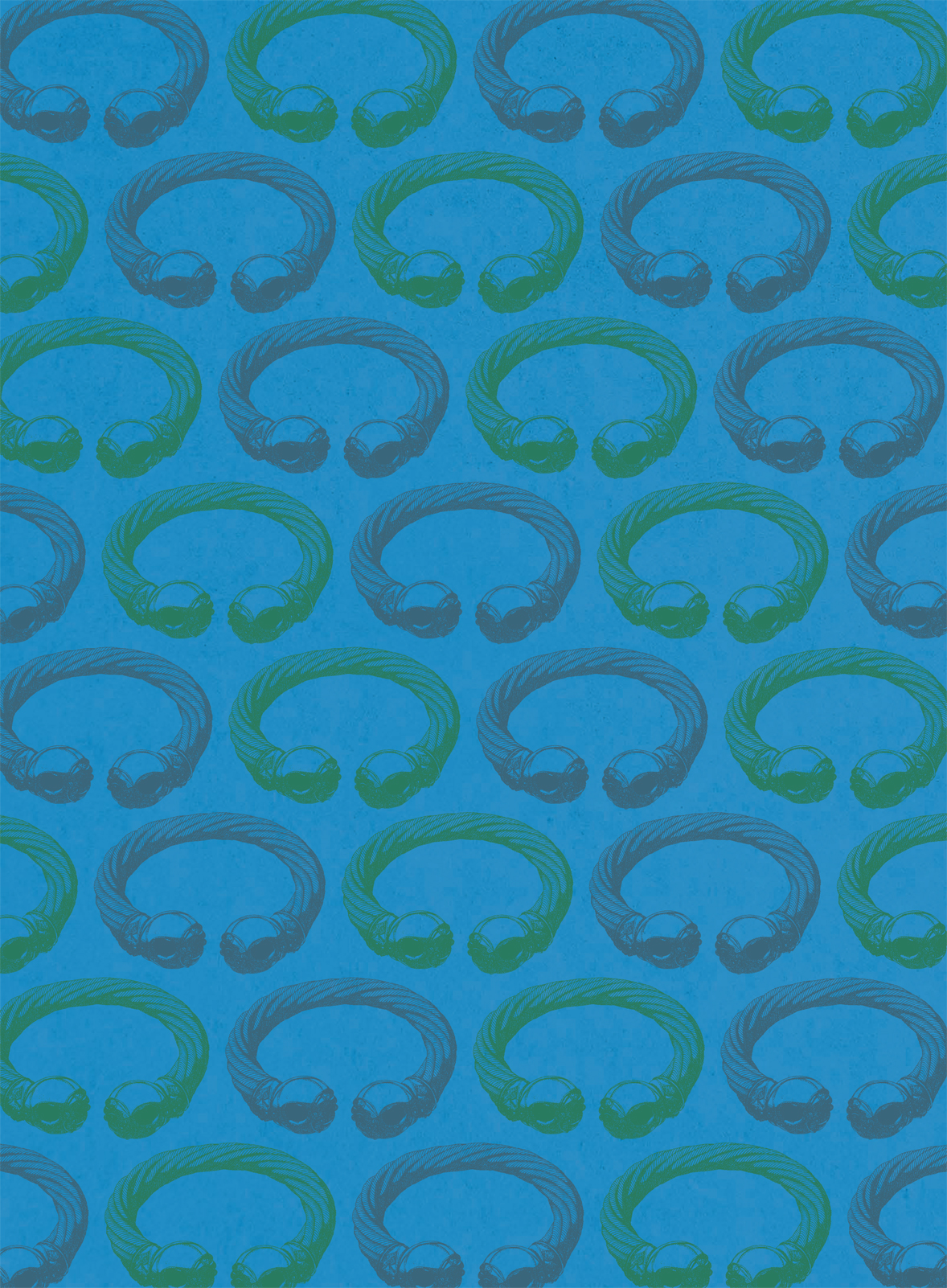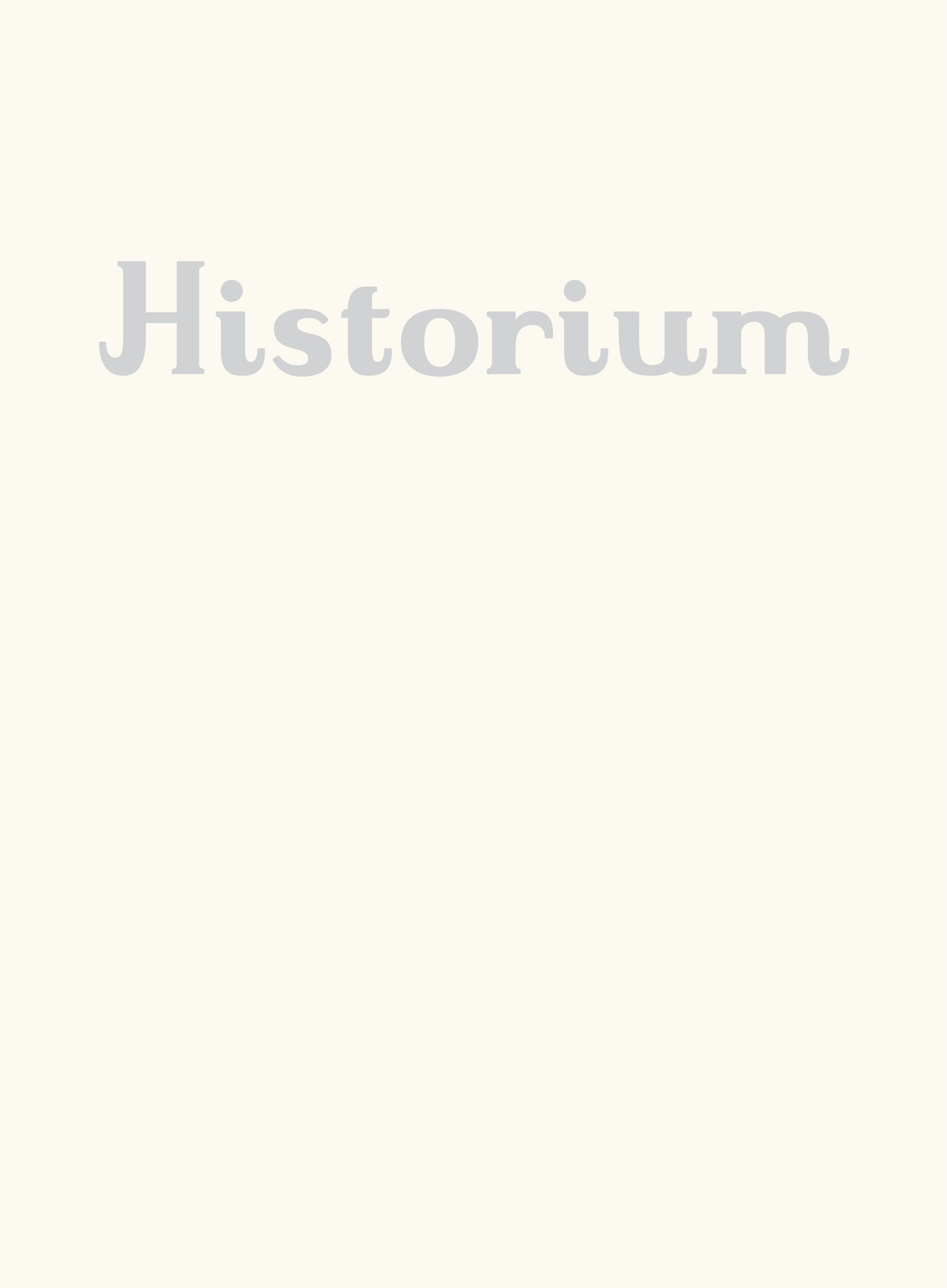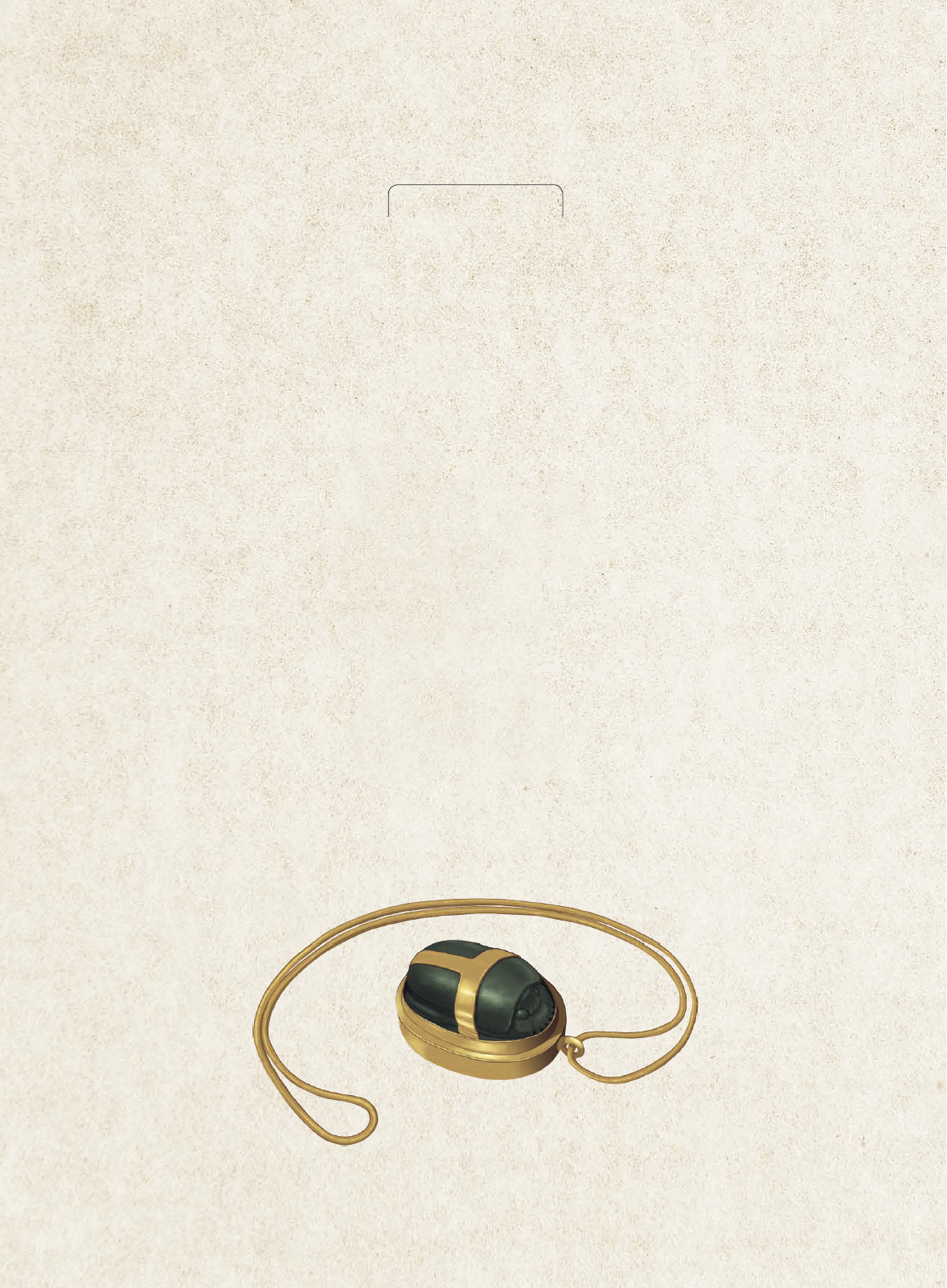For Natalie and Otto R.W.
For brother Jo J.N.
BIG PICTURE PRESS
First published in the UK in 2015 by Big Picture Press,
an imprint of Kings Road Publishing, part of the Bonnier Publishing Group,
The Plaza, 535 Kings Road, London, SW10 0SZ
www.bonnierpublishing.com
facebook.com/BigPicturePress
twitter.com/BigPicturePress
instagram.com/BigPicturePress
Illustration copyright 2015 by Richard Wilkinson
Text copyright 2015 by The Templar Company Limited
All rights reserved
ISBN 978-1-78370-188-9 (hardback)
ISBN 978-1-78370-365-4 (collectors edition)
ISBN 978-1-78741-327-6 (eBook)
This book was typeset in Gill Sans and Mrs Green
The illustrations were drawn and coloured digitally
Written by Jo Nelson
Text in Rome chapter written by Katie Haworth
Designed by Winsome dAbreu
Edited by Katie Haworth
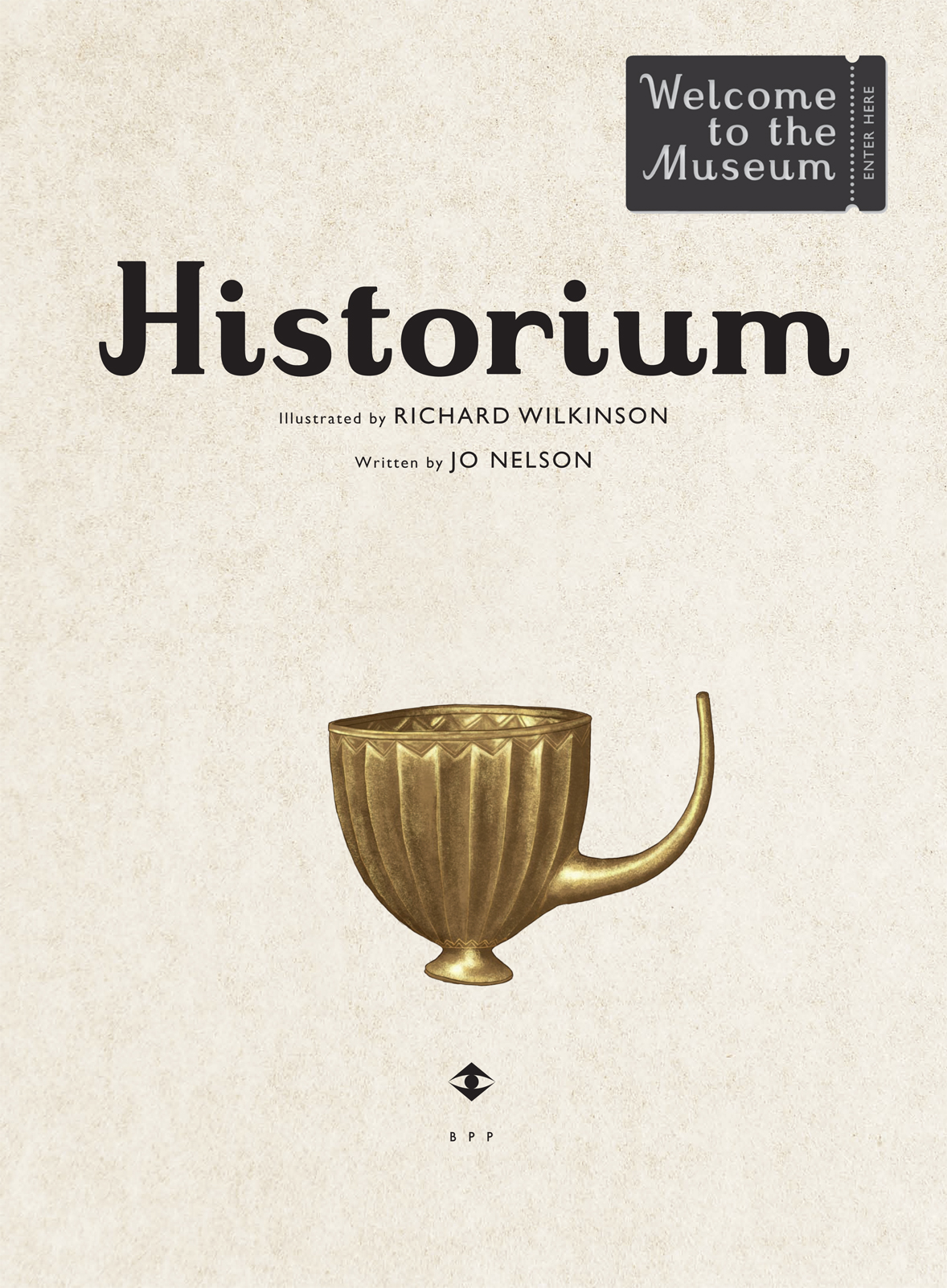
Human beings are astonishingly creative.
For over a million years they have been
making and innovating not merely
functional tools but elaborate objects and
intricate artwork.
At first glance, the purpose and significance of an artefact may seem unclear,
but explored in its context it becomes a window into a distant time and place. The
scratched lines on a piece of ochre may seem unremarkable, until you learn that they
are 70,000 years old and the earliest known example of a person making a decorative
pattern. A small clay figure may look rather ordinary, until you imagine it as one of
thousands of tomb guardians, handcrafted to protect an immense mound where a
Japanese emperor was buried.
Understanding objects in their context also enables us to make links between
civilisations and recognise more general themes that emerge in human societies. A
Mesopotamian board game and an ancient Egyptian model of breadmaking appear to
have little in common, until you discover they were both chosen to accompany the
deceased to the afterlife.
Writing about the objects in Historium has taken me on a tour of the ancient world
as well as cultures that still thrive today. Ive feasted with Celts, fought with Persians, traded
with African kings, admired rock art with Aboriginal people, built elaborate temples and
attended all kinds of ancient rituals. Now Id like to invite you to do the same.
Jo Nelson
Author of
Historium


Welcome
to
Historium
Entrance
HISTORIUM
The
Historium
curators have thought
long and hard about what to include in
this museum. One small item can offer
a tantalising glimpse of an ancient way
of life, but it would take a museum of
unimaginable proportions to represent all
the rich and varied cultures of the past.
Historium
displays objects from only
a selection of the civilisations that have
ever existed, but we hope it will inspire
future exploration.
On display you will find items of ritual and religion, of death and burial, of adornment
and spectacle, of writing and story, of everyday life and work, of warfare and power.
As you wander through the museum, you will be able to compare one civilisation
with the next. Perhaps you will notice similarities; perhaps you will notice differences.
Certain names and themes will appear again and again, revealing some surprising
connections. Your visit will not only be a journey around the world but also a journey
through time, from stone hand axes made a million years ago in Africa to tenth-century
pottery made by the Pueblo people of America in a tradition which is still very much
alive today. So turn the page, step back in time and let your journey begin.
Archaeology is the study of the past
through the traces civilisations have left
behind. It includes everything made or
done by humans, from the earliest stone
tools and the ruins of ancient settlements
to fragments of writing and burial goods.
To understand the importance of archaeological objects, they must be put in
context through careful detective work. Archaeologists take many samples from discovery
sites for close analysis. A technique called carbon dating can roughly determine the age of
any organic material, while traces of pollen can reveal the types of vegetation around at
the time. Similar types of objects, such as pieces of pottery, are compared and classified
to form a useful timeline.
Modern archaeologists are meticulous in their research, but this has not always
been the case. Early excavations were hunts for buried treasure rather than attempts to
understand the past. Objects were removed and sold on for their material worth, not
their cultural significance. It was only in the eighteenth and nineteenth centuries
AD
that
scholars began to appreciate the historical importance of ancient artefacts, but even

